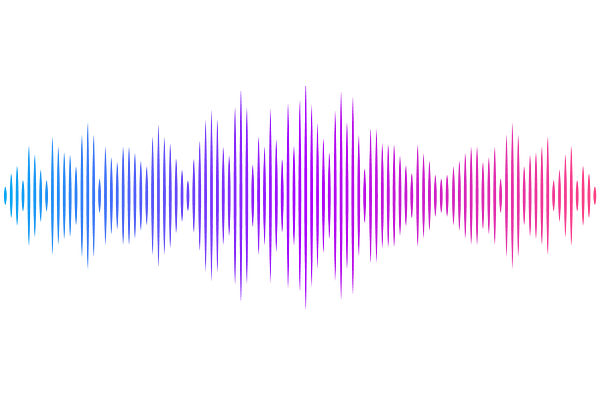Far-red and sensitive sensor for monitoring real-time H2O2 dynamics with subcellular resolution and inmulti-parametric imaging applications.

Far-red and sensitive sensor for monitoring real-time H2O2 dynamics with subcellular resolution and inmulti-parametric imaging applications.
Lee, J. D.; Nguyen, A.; Jin, Z. R.; Moghadasi, A.; Gibbs, C. E.; Wait, S. J.; Evitts, K. M.; Asencio, A.; Bremner, S. B.; Zuniga, S.; Chavan, V.; Williams, A.; Smith, N.; Regnier, M.; Young, J. E.; Mack, D. L.; Nance, E.; Boyle, P. M.; Berndt, A.
AbstractH2O2 is a key oxidant in mammalian biology and a pleiotropic signaling molecule at the physiological level, and its excessive accumulation in conjunction with decreased cellular reduction capacity is often found to be a common pathological marker. Here, we present a red fluorescent Genetically Encoded H 2 O 2 Indicator (GEHI) allowing versatile optogenetic dissection of redox biology. Our new GEHI, oROS-HT, is a chemigenetic sensor utilizing a HaloTag and Janelia Fluor (JF) rhodamine dye as fluorescent reporters. We developed oROS-HT through a structure-guided approach aided by classic protein structures and recent protein structure prediction tools. Optimized with JF 635 , oROS-HT is a sensor with 635 nm excitation and 650 nm emission peaks, allowing it to retain its brightness while monitoring intracellular H 2 O 2 dynamics. Furthermore, it enables multi-color imaging in combination with blue-green fluorescent sensors for orthogonal analytes and low auto-fluorescence interference in biological tissues. Other advantages of oROS-HT over alternative GEHIs are its fast kinetics, oxygen-independent maturation, low pH sensitivity, lack of photo artifact, and lack of intracellular aggregation. Here, we demonstrated efficient subcellular targeting and how oROS-HT can map inter and intracellular H2O2 diffusion at subcellular resolution. Lastly, we used oROS-HT with the green fluorescent calcium indicator Fluo-4 to investigate the transient effect of the anti-inflammatory agent auranofin on cellular redox physiology and calcium levels via multi-parametric, dual-color imaging.